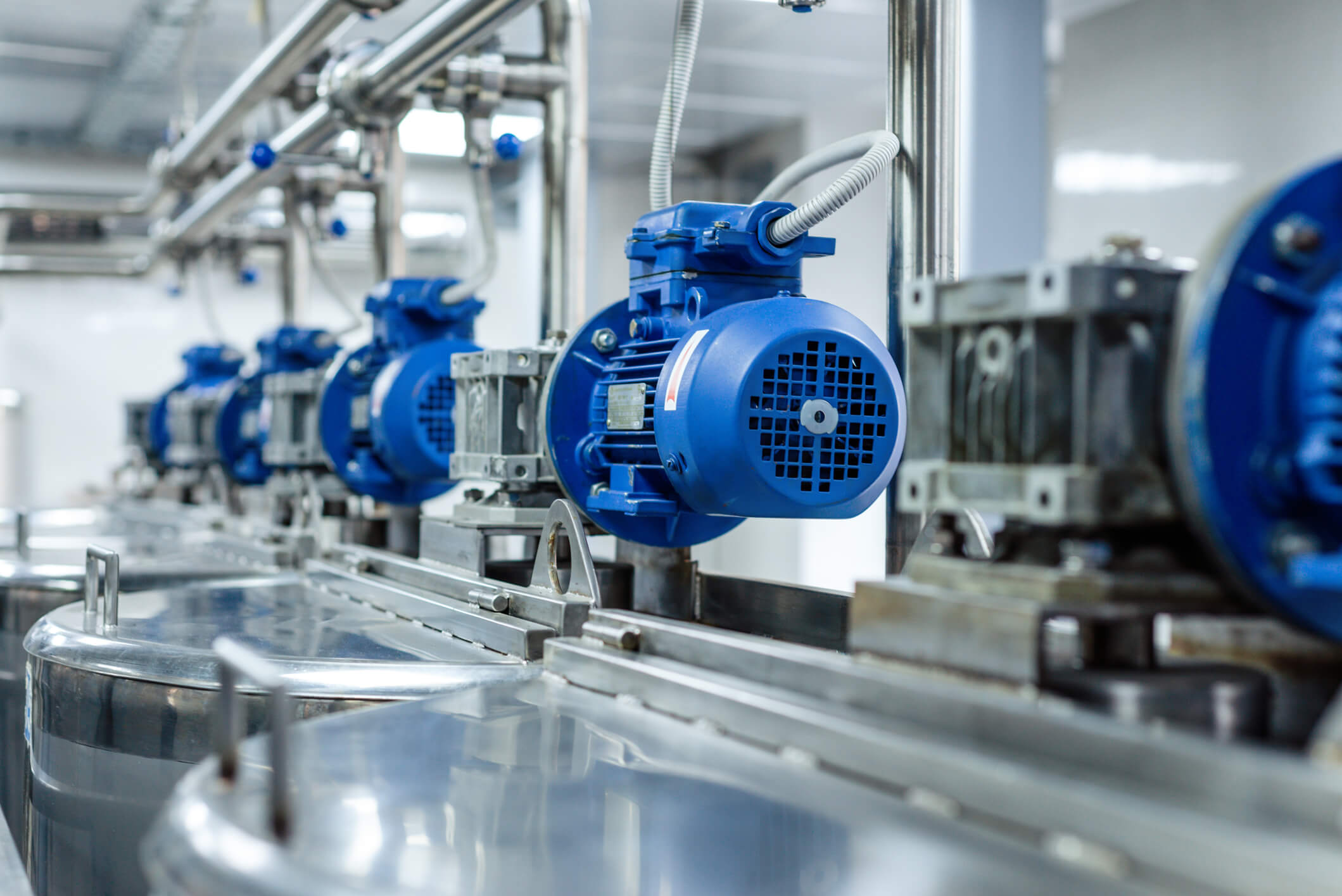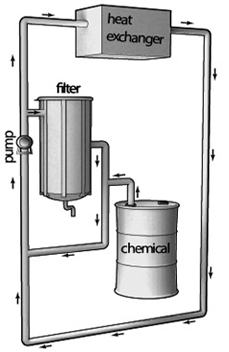Ammonia is a metabolic by-product of aerobic respiration and evidence of bacterial and other forms of life. More importantly to us, it is also a by-product of anaerobic respiration by nitrite reducing bacteria common to some closed loop systems. The conversion of nitrite to ammonia is facilitated by bacteria and does not occur spontaneously.
The equation is: NO2 > NH4 + H2O


Ammonia is extremely corrosive to copper and other yellow metals, especially in the presence of oxygen. Since most of our closed loop treatments are designed to scavenge the oxygen from the water, small amounts of ammonia (<5.0 ppm) can be tolerated.
If your test results indicate that there is more than 5.0 ppm of ammonia in the water, or if the oxygen scavenger level is low, or if the treatment does not scavenge oxygen, then it will be necessary to flush the loop.


At Chardon Labs, we aim to help our customers reduce operating and maintenance costs, achieving optimal water system performance and longevity. Whether you use a cooling tower, closed loop system or boiler, we can customize a water treatment program to your facility’s needs.
If you’d like to learn more about our solutions or request a free quote, fill out our contact form today. One of our water treatment consultants will be in touch.